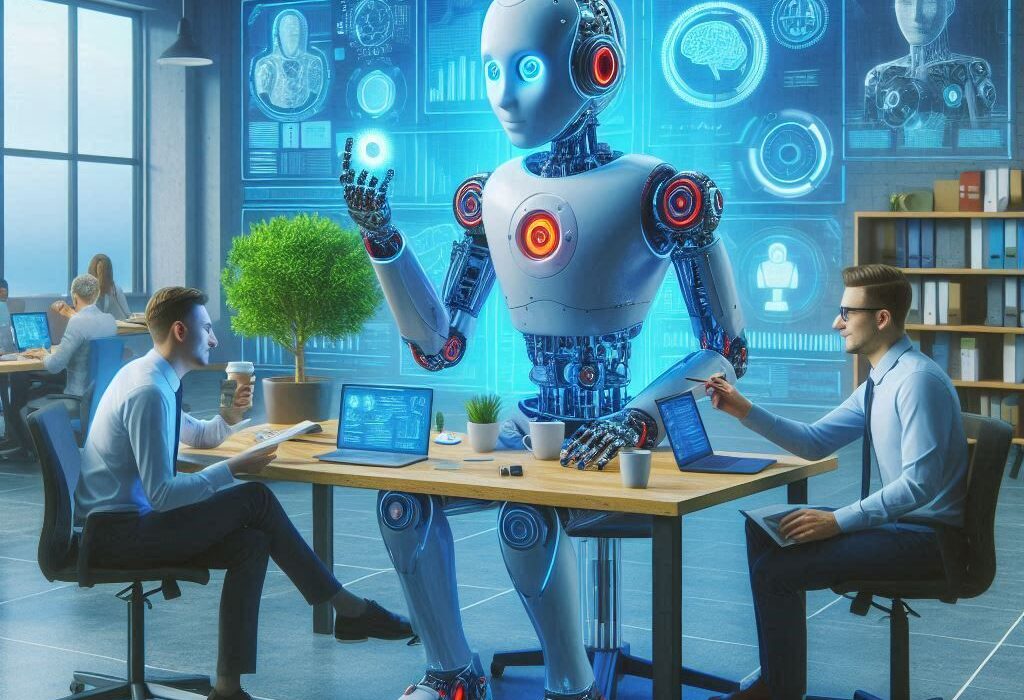Lead:
In a world increasingly dominated by AI, the essence of human creativity stands out as a beacon of unmatched potential. The notion that artificial intelligence can replicate every aspect of our humanity is swiftly dispelled when we consider the realm of creativity. As the saying goes,
“Your weirdest idea might be your best—if you’re brave enough to back it.”
Expert Insight:
Henna Pryor, a distinguished workplace performance expert and TEDx speaker, emphasizes this critical truth by stating,
“Your job isn’t just to get things done. It’s to fight for what doesn’t yet exist.”
This sentiment underscores the pivotal role that human creativity plays in innovation and progress.
Narrative:
Reflecting on a humorous Saturday Night Live sketch with his son, Henna Pryor recalls an essential lesson often overlooked in professional settings. The sketch, delivered by comedian Nate Bargatze portraying George Washington grappling with America’s perplexing measurement system, epitomizes the power of embracing human weirdness and creativity. Despite its unconventional nature, Bargatze’s advocacy for the sketch exemplifies how championing the unproven can lead to remarkable success.
Expert Analysis:
Pryor delves into the dichotomy between instinctual human creativity and algorithmic predictability offered by AI. While artificial intelligence excels at optimizing existing data patterns, humans possess an unparalleled ability to innovate beyond conventional boundaries. She remarks,
“Bargatze’s sketch didn’t exist in a spreadsheet; it was gut instinct—a form of human weirdness that AI struggles to replicate.”
Insights on AI Impact:
The pervasive integration of AI in various facets of work has undeniably streamlined processes and enhanced efficiency. However, recent studies suggest a potential downside: a decrease in intrinsic motivation among individuals relying heavily on generative AI tools.
Research indicates that while AI boosts short-term performance, it may inadvertently diminish individuals’ sense of accomplishment and engagement over time.
Hybrid Creativity Concept:
Cornelia Walther introduces the concept of “hybrid creativity,
” advocating for a harmonious collaboration between humans and machines in the workplace. By leveraging AI to augment cognitive functions while preserving human values like emotional intelligence and ethical judgment, organizations can cultivate groundbreaking ideas without sacrificing individuality.
Cultural Implications:
Pryor’s research on Social Muscle Atrophy underscores the vital importance of fostering interpersonal connections within teams to spur creativity and prevent disengagement. She warns against the detrimental effects of diminishing real-world interactions on trust levels and overall team dynamics.Leadership Strategies:
Psychologist Zorana Ivcevic Pringle highlights emotionally intelligent leadership as a catalyst for team creativity, emphasizing the contagious nature of emotions within organizational contexts. Leaders who embrace curiosity and encourage divergent thinking create environments conducive to originality.Embracing Quirkiness:
The narrative circles back to Nate Bargatze’s unconventional sketch idea as a testament to pure creativity devoid of immediate tangible benefits or ROI calculations—a reminder that defending eccentric ideas is crucial for driving innovation forward.Closing Thoughts:
As Pryor reflects on sharing an offbeat business idea with her son, she underscores that genuine workplace transformation stems from nurturing bold concepts despite their initial peculiarity.
She challenges readers: “
What’s the idea you haven’t defended loudly enough lately?” In essence lies the crux—the future belongs not only to those who optimize speed but also those who dare to embrace unorthodox visions.
Refreshed Leadership Insights: CEO Stephanie Mehta offers valuable guidance on navigating evolving work landscapes through innovative leadership approaches.

